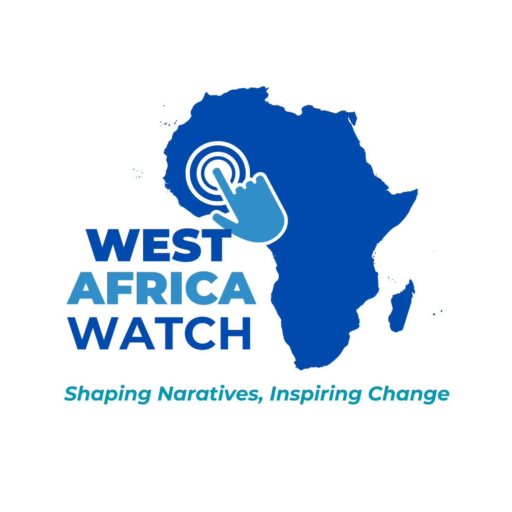On March 23, 2025, UNICEF raised an alarm over the growing threat of malnutrition facing 1.3 million children under the age of five in Nigeria and Ethiopia. These children, suffering from severe acute malnutrition, are at increased risk of death as access to treatment becomes scarce.
Kitty Palais, UNICEF’s Deputy Executive Director, highlighted the critical situation during a press briefing at the Palais des Nations in Geneva. She pointed out that international donations to UN agencies like UNICEF have significantly decreased in recent years, exacerbating the crisis.
The situation worsened when the U.S., the largest donor, imposed a 90-day suspension on all foreign aid in January, shortly after President Donald Trump’s second term began. This decision, followed by several cuts to U.S. foreign aid programs, has jeopardized essential food and medical aid, disrupting global humanitarian efforts.
Despite significant strides over the past 25 years to combat child malnutrition, including a decrease in stunted children by 55 million since 2000, UNICEF warns that these gains are now being undone due to the funding shortfall. In 2024, UNICEF and its partners reached 441 million children under five with malnutrition prevention services and treated 9.3 million children for severe acute malnutrition. However, without adequate funding, UNICEF may soon face severe shortages of critical resources, such as Ready-to-Use Therapeutic Food (RUTF), which is essential for treating severely malnourished children.
During a recent visit to the Afar region in Ethiopia and Maiduguri in Nigeria, Palais witnessed firsthand the impact of the funding gap. Mobile health teams, which play a vital role in delivering life-saving services in remote areas, are now operating at reduced capacity. In Ethiopia, UNICEF estimates it will run out of RUTF by May, threatening the lives of the 74,500 children in need of treatment every month. In Nigeria, where 80,000 children require monthly treatment, supplies may deplete within weeks.
UNICEF stresses that the problem extends beyond Ethiopia and Nigeria, with vulnerable children worldwide facing similar risks. The organization’s immediate concern is that any disruption in its life-saving activities could endanger millions of children globally. In 2025, over 213 million children in 146 countries are expected to require humanitarian aid.
Despite these challenges, UNICEF remains committed to its mission, urging government leaders to act swiftly. Palais emphasized that investing in children’s health and well-being is not just a moral obligation but also an economically sound decision that benefits everyone in the long run.

